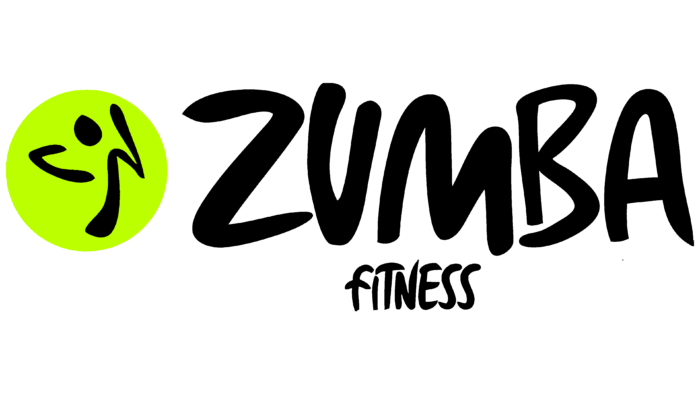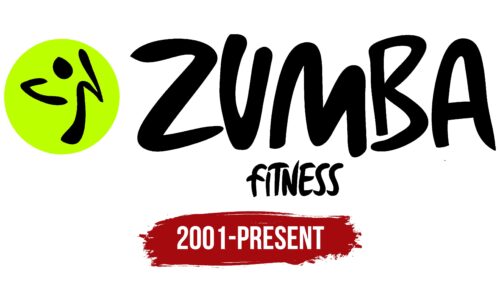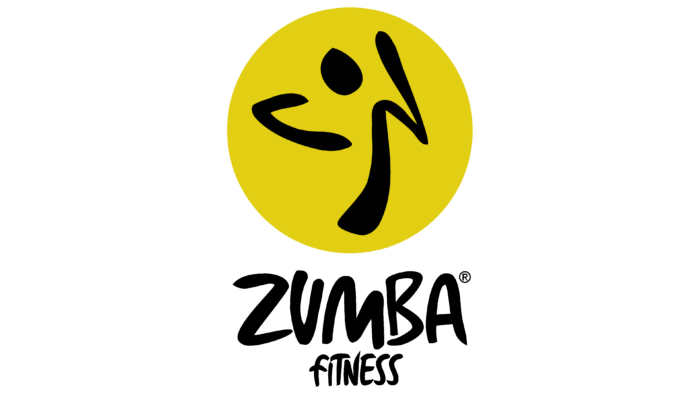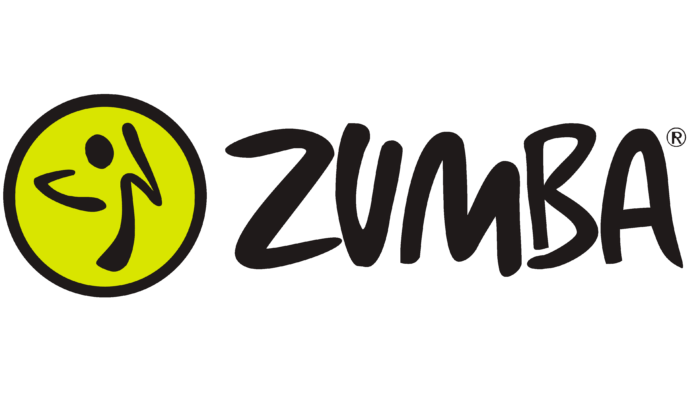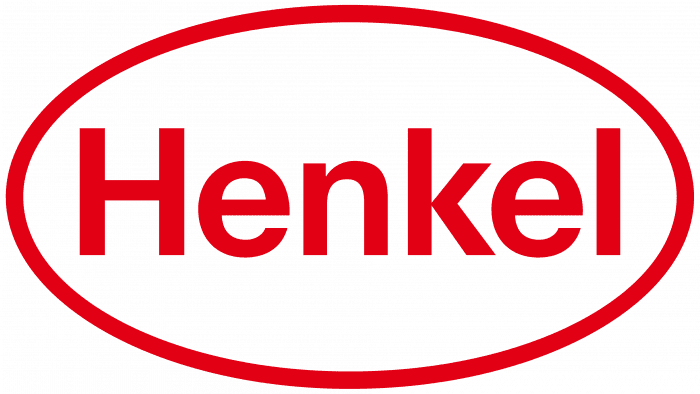The Zumba Fitness logo goes to an active and quirky dance. Sharp movements, steps, and jumps allow users to achieve excellent shape and positively affect health. The main message of the emblem is to move in the rhythm of the pulse.
Zumba Fitness: Brand overview
| Founded: | 2001 |
| Founder: | Alberto “Beto” Pérez, Alberto Perlman, Alberto Aghion |
| Headquarters: | Cali, Colombia |
| Website: | zumba.com |
The Zumba Fitness interval training program is more like dancing to the beat of flamenco, salsa, or jazz than your average workout. Its essence is to move to dynamic melodies and have a good time. The combination of slow and fast rhythms increases cardio endurance; tones strengthen muscles. And calories burned even more than conventional aerobics. And the initial level of fitness does not matter: there are several types of workouts that are suitable for different people. They are adapted to a certain age and individual needs. For example, there are classes for infants up to 3 years old (Zumbini), teenagers up to 11 years old (Zumbatomic), and seniors (Zumba Gold-Toning).
Alberto Perez invented the unusual fitness program. It happened completely by accident: while getting ready for an aerobics class, the instructor forgot his music for the class at home. He had to improvise with merengue and salsa because all he had at hand were cassettes with inflammatory Latin American rhythms. So in the 1990s, Alberto laid the foundation for Zumba. And in 2001, he enlisted the help of two business partners, also named Alberto, and began selling DVDs with fitness classes. Gradually the company began opening classes to offer group classes. There are now more than 200,000 of them, with a network covering about 180 countries.
Charity events, dance parties, and concerts helped Zumba get rid of the label of a conventional fitness program and go beyond the usual boundaries of aerobics. Training with the elements of choreography, strength, and cardio exercises involves almost all parts of the body. Intense movements to music help improve coordination, lose weight, and strengthen muscles.
Meaning and History
Zumba has become a global brand in the dance industry. Like any other brand, it has its distinctive symbols. The main logo shows a stylized human figure inside a yellow circle with a dark frame in a wide black ring or blurry gray shadows. There are two versions of the design: a monochrome design and a gradient. The company’s name is written on the right, for which the developers used their handwritten font.
As stated by the brand owners, the word “Zumba” etymologically has nothing to do with anything. According to the official version, it is a neologism, but linguistics proves the opposite: there is the exact same term in Latin American, Spanish and Castilian languages. By the way, the fitness program used to be called Rumbacize.
Zumba Fitness: Interesting Facts
Zumba Fitness is an energetic mix of dance and aerobic exercises started in the 1990s by Alberto “Beto” Perez, a Colombian dancer.
- How It Began: Beto Perez accidentally created Zumba when he used a mixtape of Latin music for an aerobics class in Colombia after forgetting his usual music. This spontaneous choice led to the creation of Zumba.
- Worldwide Popularity: About 15 million people in over 180 countries enjoy Zumba. Its appeal crosses borders and cultures, making it a global favorite.
- Different Types of Classes: Zumba caters to everyone with various class types, such as Zumba Gold for older adults, Zumba Kids for young ones, Aqua Zumba in pools, and Zumba Toning with weight training.
- Instructor Support: The Zumba Instructor Network (ZIN™) supports instructors with music and choreography to keep classes exciting. This ensures high-quality Zumba sessions everywhere.
- Music and Dance: Zumba sessions use music from salsa, merengue, cumbia, reggaeton, and samba. This blend makes every class a fun and energizing experience.
- Giving Back: Zumba focuses on fitness and supports charity. They work with Susan G. Komen to research breast cancer prevention and organize “Zumbathon” events to raise money for various causes.
- Zumba Wear: There’s a range of Zumba workout clothes and accessories designed for functionality and to match the lively spirit of Zumba.
- Media Presence: Zumba’s benefits, such as weight loss and improved heart health, have been covered in the media and TV, adding to its popularity.
- Video Games: Zumba has entered the video game world, making it easy for people to join in from home on various gaming consoles.
- Community and Confidence: More than exercise, Zumba builds a community. Many say it boosts their confidence and gives them a sense of belonging.
Zumba is a workout routine; it celebrates movement and music that unite people, promoting health and happiness worldwide.
Font and Colors
The basis of the Zumba logo is a gestural icon in the form of a dancing man. The figure makes a popular hand movement to convey a sense of inner energy. The emblem is dynamic, with the visual rhythm expressed by just three elements: an oval dot, which replaces the head, and two wavy lines, symbolizing the body and hands.
The designers created the branding for Zumba Fitness from the ground up. They depicted jagged, bouncing letters that vary in size and shape. All of the lines are asymmetrical and contrasting. The logo’s main colors are black, gray, and several shades of yellow, including yellow-green. The first is used for the text and the human figure, the second for the shadows, and the rest for the gradient circle.
Zumba Fitness color codes
| Pear | Hex color: | #dbe32b |
|---|---|---|
| RGB: | 219 227 43 | |
| CMYK: | 4 0 81 11 | |
| Pantone: | PMS 381 C |
| Black | Hex color: | #000000 |
|---|---|---|
| RGB: | 0 0 0 | |
| CMYK: | 0 0 0 100 | |
| Pantone: | PMS Process Black C |
